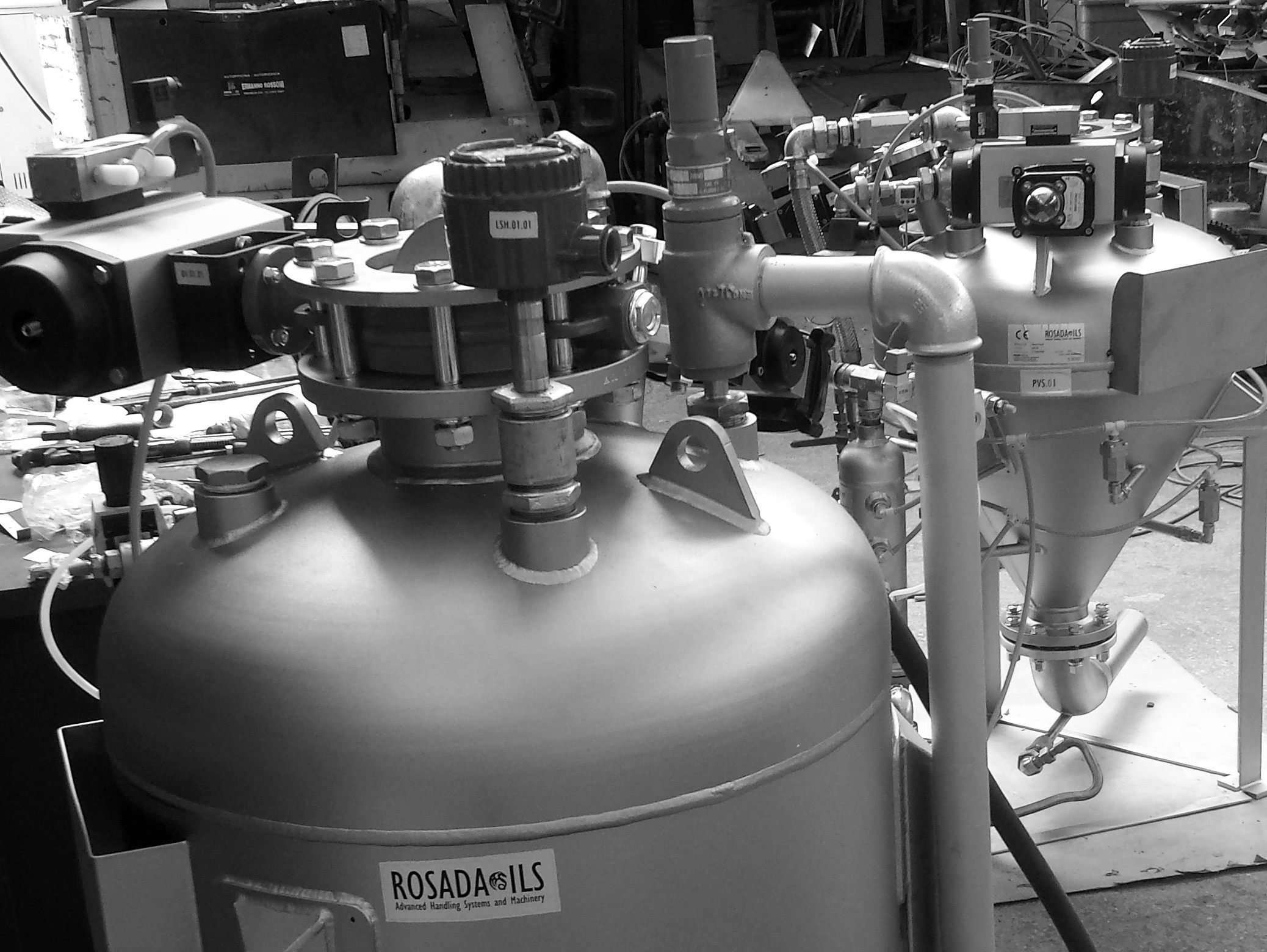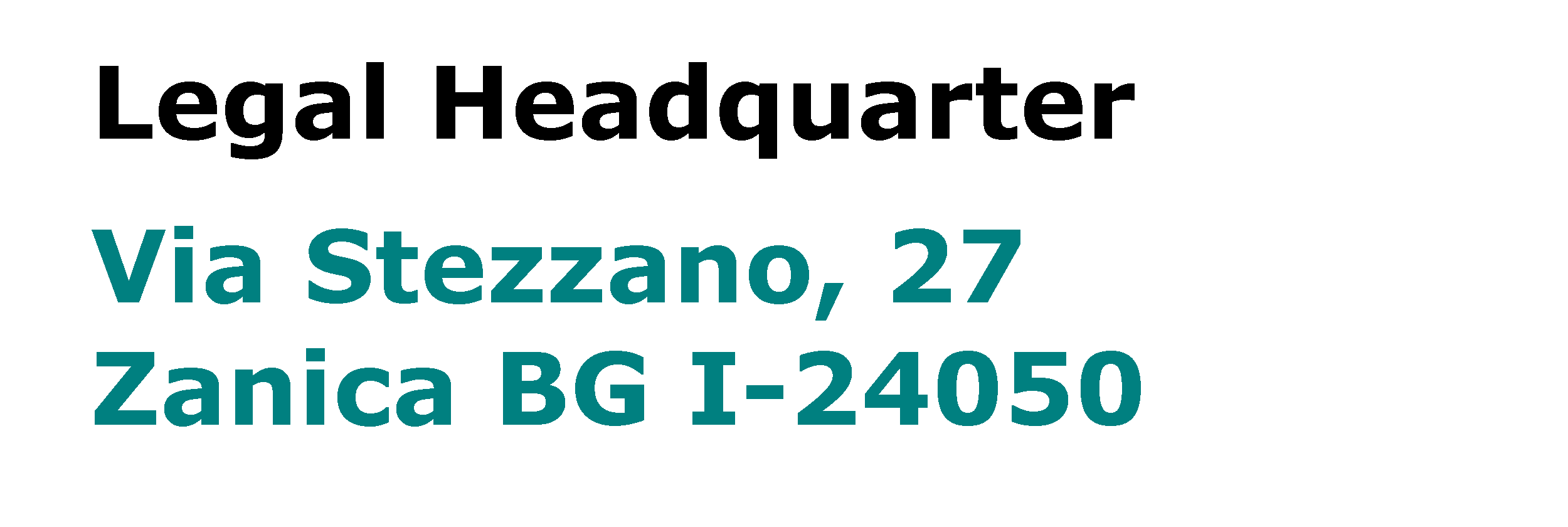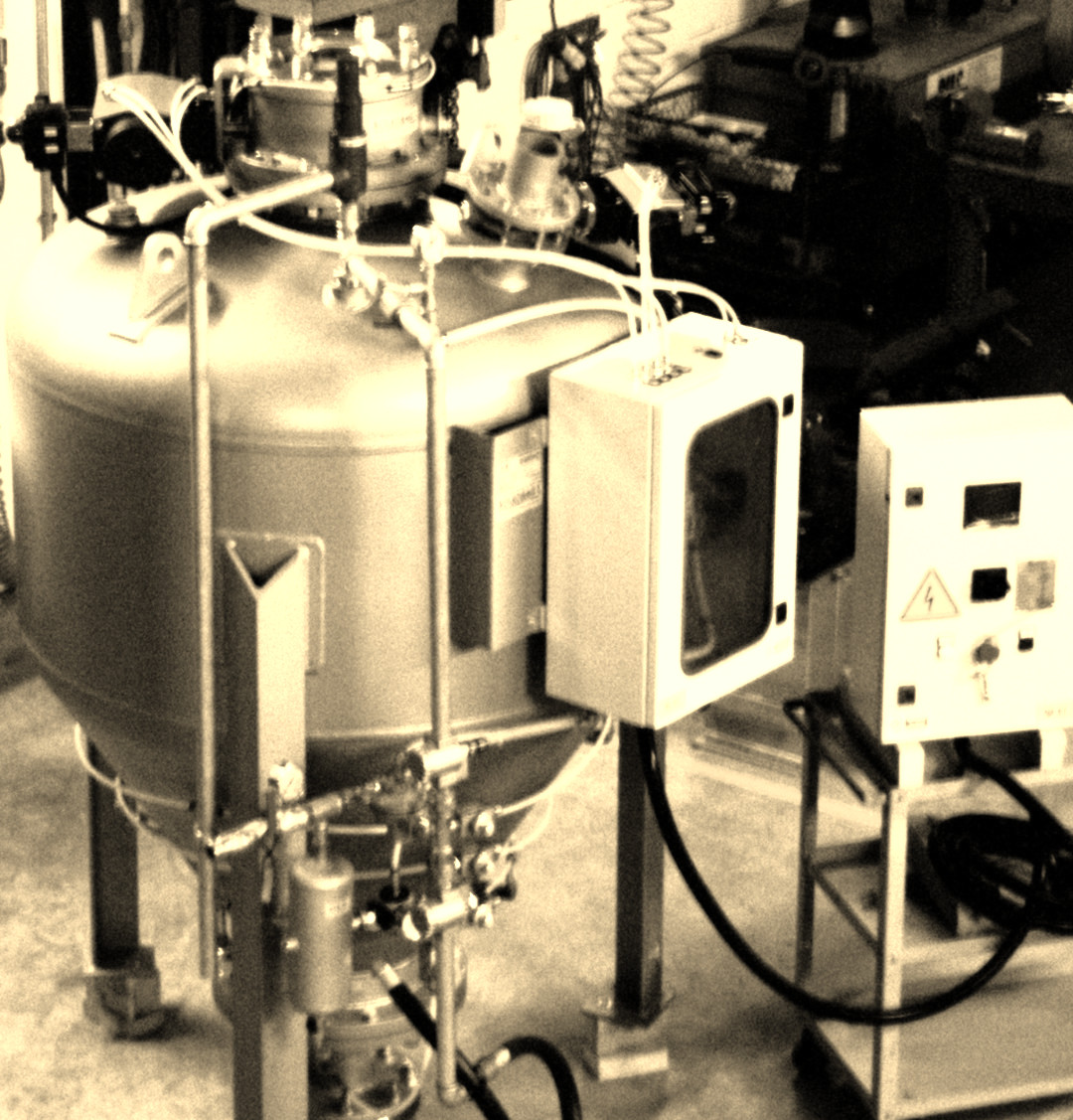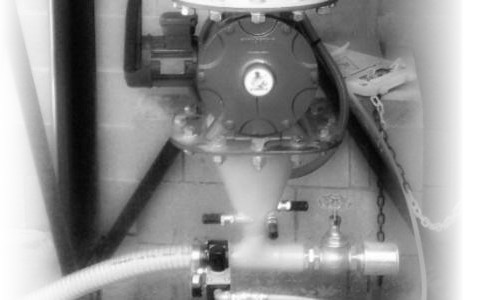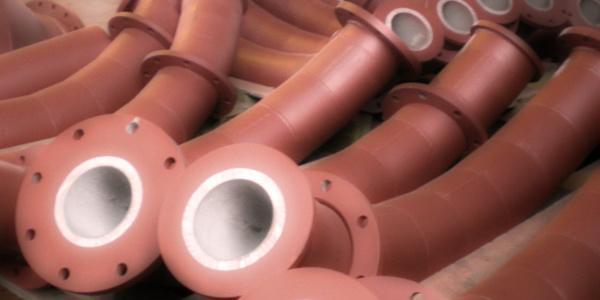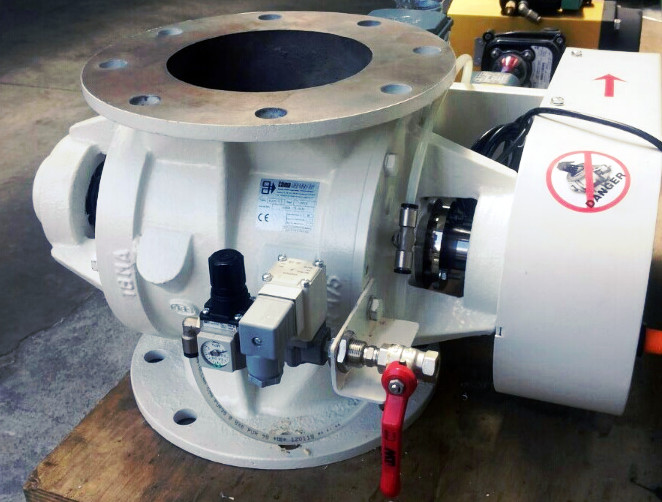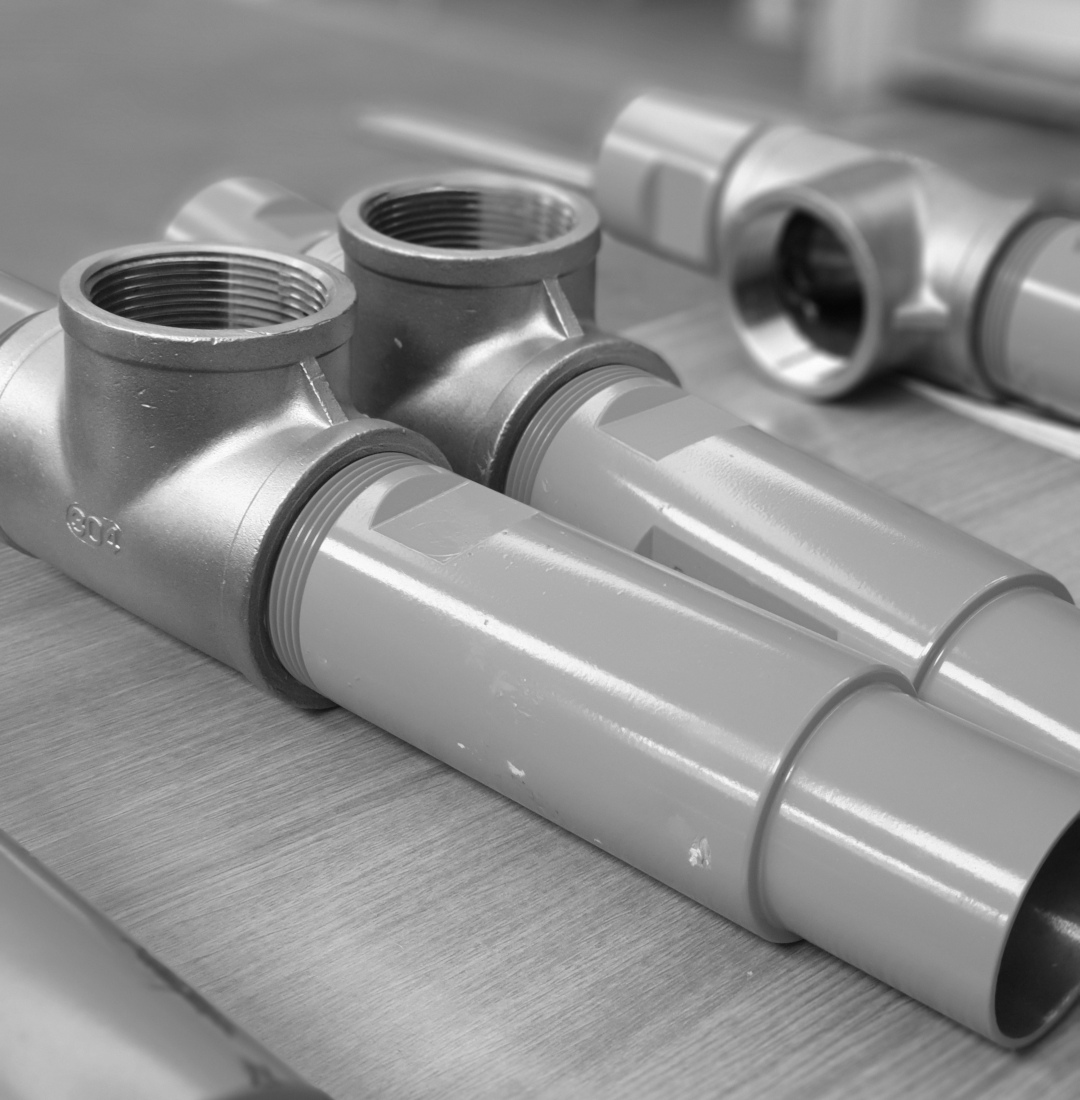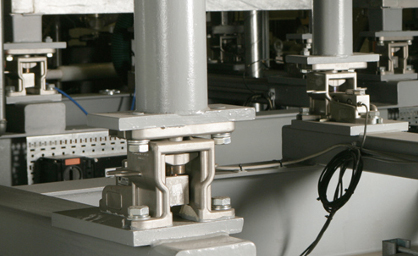
It's easy to say dense phase. Higher pressure, low speeds. Thus the conveyed material causes less wear to the pipes when it is hard and abrasive like sand and bottom ash, or does not degrade when it is fragile and delicate, like sugar or rice.
Actually designing a dense phase pneumatic conveying means a correct and thorough knowledge of the matter and the application.
For example, the material, the temperatures. A poorly flowing product can not always travel as it were a "cap" in a pipe. On the other hand, a material "too" smooth and permeable as the granule require very different control parameters.
In particular, in the case of materials that tend to pack, form bridges and flow with difficulty, it is necessary to balance the amount of air released in the tank, and preferring the outlet and the cone inlets respect to the power supply towards the top. Hence the possibility of fluidize the material in a controlled relation respect to the applied pressure.
In Rosada ILS we call main flow that called to the function of pushing the material into the line. It is divided (and adjusted) in tank flow, that from above pushes the material into the line, and in-line flow that act once discharge is completed and keeps the push in the pipe. Then we define the fluidization flow, in turn divided into fluidization jets acting on the cone of unloading and, in the models F-PVS, fluidized bottom that avoids clogging in correspondence of the placing in line.
The result is an electro-pneumatic system with the maximum range of adjustment in order to optimize both the pneumatic conveying and energy consumption.
